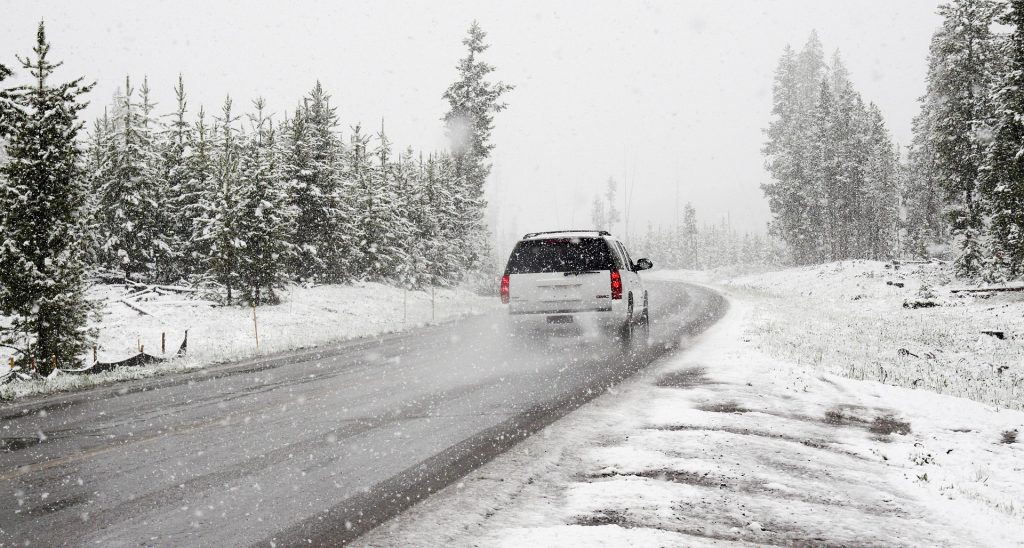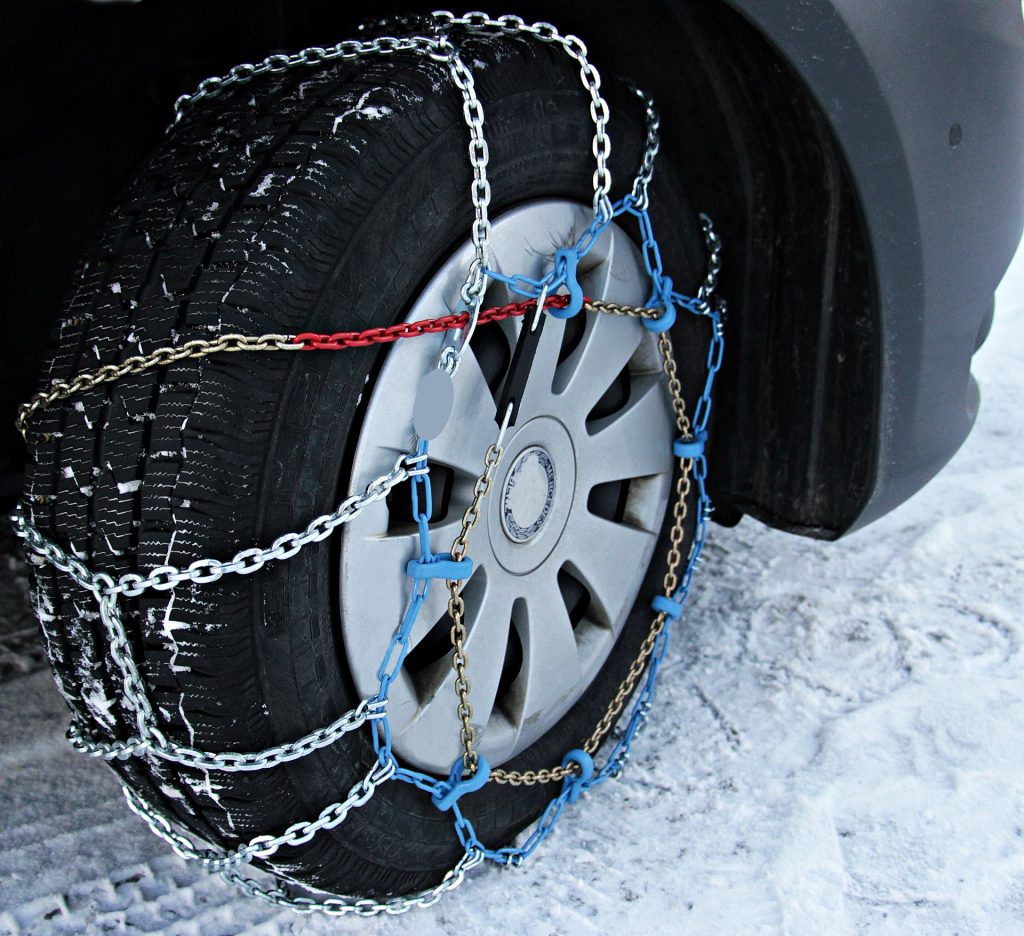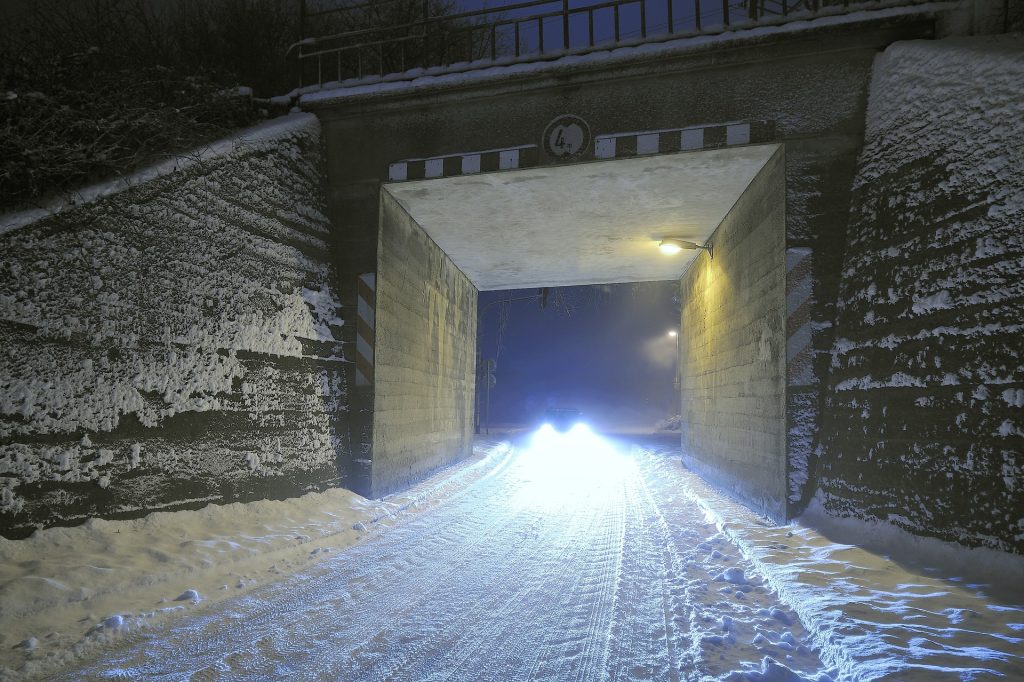Winter driving can be a challenge but proper preparation and maintenance are the keys to ensuring your safety. Taking care of your vehicle during the colder months is essential for keeping your car or truck running reliably and avoiding costly repairs. Here are some tips for taking proper care of your vehicle in winter:
1. Check your battery – Cold temperatures can cause batteries to deplete more quickly, so make sure you get it tested regularly to ensure it’s in good condition.
Checking the status of your car battery is an important part of winter maintenance. You can test the charge level and its ability to hold a charge with a voltmeter or an electronic load tester. A visual inspection should also be done by looking for any corrosion on the terminals, signs of damage, or leaks. If you find any problems, it’s best to have it replaced immediately. Properly charged and maintained batteries will help your vehicle run reliably during the winter months.

2. Check fluid levels – Make sure all fluid levels (engine oil, power steering fluid, transmission fluid) are up to par to prevent freezing issues.
Checking your car fluids is essential to ensure they don’t freeze during the winter months. Start with the engine oil, as a low oil level can cause friction and other issues to arise. Ensure the right grade and quantity of oil is being used and it isn’t contaminated or dark in color. Secondly, check the power steering fluid and make sure it isn’t leaking or has sediment in it. Third, check transmission fluid for any signs of worn-out components, bubbles or sludge. Lastly, top off radiator coolant with a 50-50 mix of antifreeze and distilled water so that your engine won’t overheat during cold weather driving. A periodic inspection of all these fluids will help prevent freezing and potential damage to your vehicle in the winter season.
3. Tires – Make sure you have an adequate amount of tread on your tires as well as check tire pressure regularly to keep yourself safe on the roads in winter conditions.

Keeping your tires in good condition throughout the winter months is essential for safe driving. Make sure to check the tread depth with a penny test, as it should be at least 2/32 of an inch. Also inspect the sidewalls for any wear and tear, such as bulges or uneven patches. Additionally, check the air pressure level to ensure it matches what’s recommended in your owner’s manual. If your vehicle is equipped with winter tires, they should be inspected regularly to make sure they are not worn out and still provide adequate grip on icy roads. Lastly, if you live in an area where salt is used to de-ice roads, make sure to clean off your tires once in a while since salt can cause corrosion over time.
4. Lights – Check that all exterior lights (headlights, taillights, turn signals) are working properly both for safety purposes and to avoid getting pulled over while driving at night.

Regularly checking your vehicle’s lights is an important part of safe driving in the winter months. Begin with the headlights, as they are essential for navigating in low visibility and for providing directional warning to other drivers on the road. Make sure there aren’t any cracks or broken lenses that could impair performance. Check the bulbs to ensure they are producing enough light and that their temperature settings are correct. Also check all turn signals, brake lights, and fog lamps. If you have loading lamps, make sure they are wired properly and check that the connection is tight to avoid voltage fluctuation during operation. Lastly, check all hazard light switches so you can use them immediately, if necessary, in an emergency situation.
5. Wipers – You’ll want to make sure your windshield wipers are in good condition and able to tackle harsh winter precipitation like snow and ice in order for visibility when driving at night or during storms.
Inspecting your vehicle’s windshield wipers regularly is key to staying safe on the roads during the winter. Start by checking for wear and tear as this can cause streaks or even a lack of visibility when it rains or snows. Make sure your wipers are properly tensioned and that they can clean off snow and ice quickly. If they are made of rubber, replace them at least once a year since they tend to dry out over time due to temperature fluctuations. You may also want to consider switching to winter blades, which have a denser frame structure designed to keep snow buildup off the windshield. Additionally, make sure you always keep a window washing liquid in your car so you can use it after clearing frost, ice, or snow either with tools or with the wipers themselves.
By following these simple steps, you can make sure that your vehicle will be ready for the cold weather and help make winter driving more enjoyable!
If you would like a certified technician to make sure your car is winter ready come into Clift Buick GMC.





